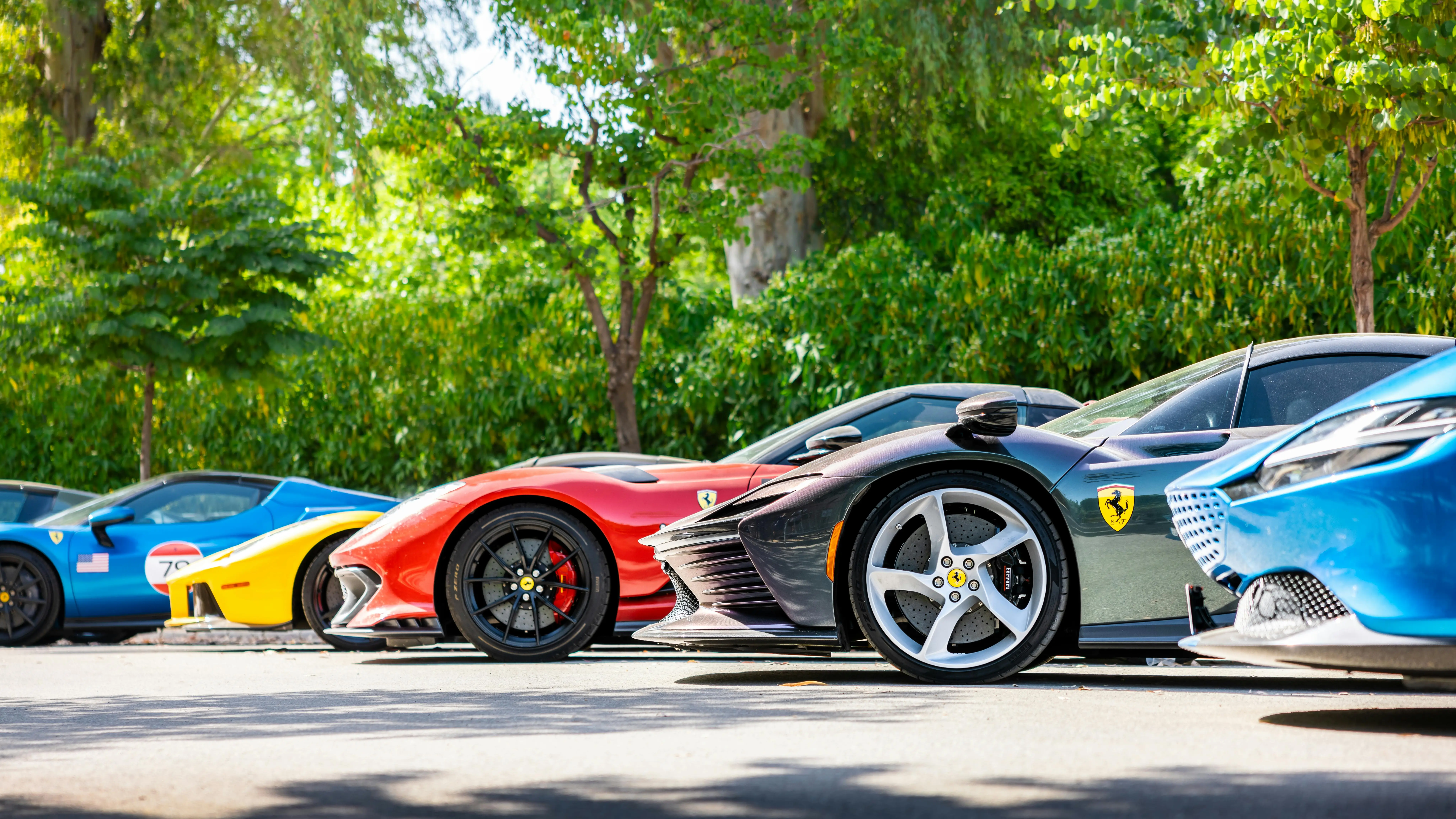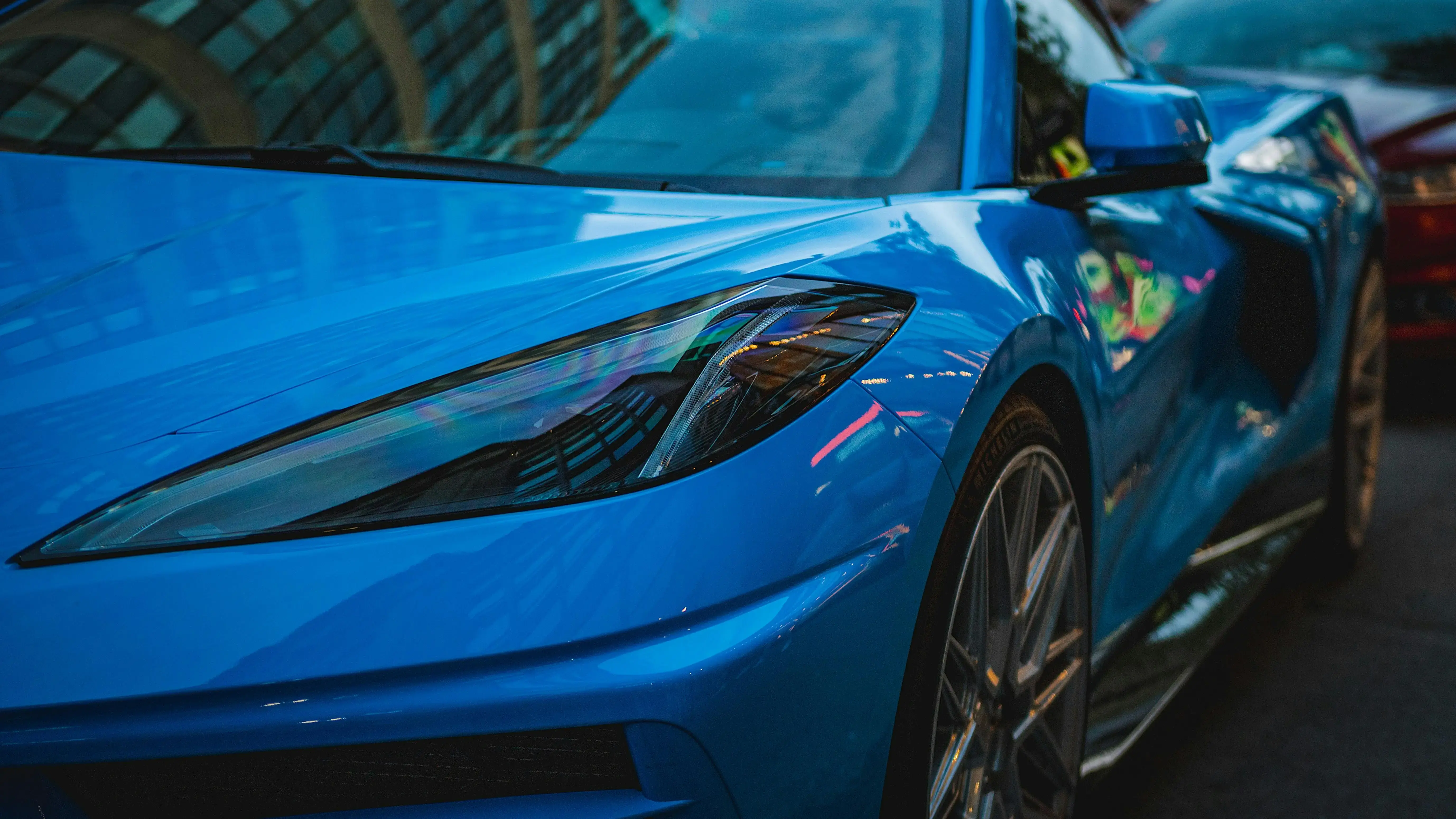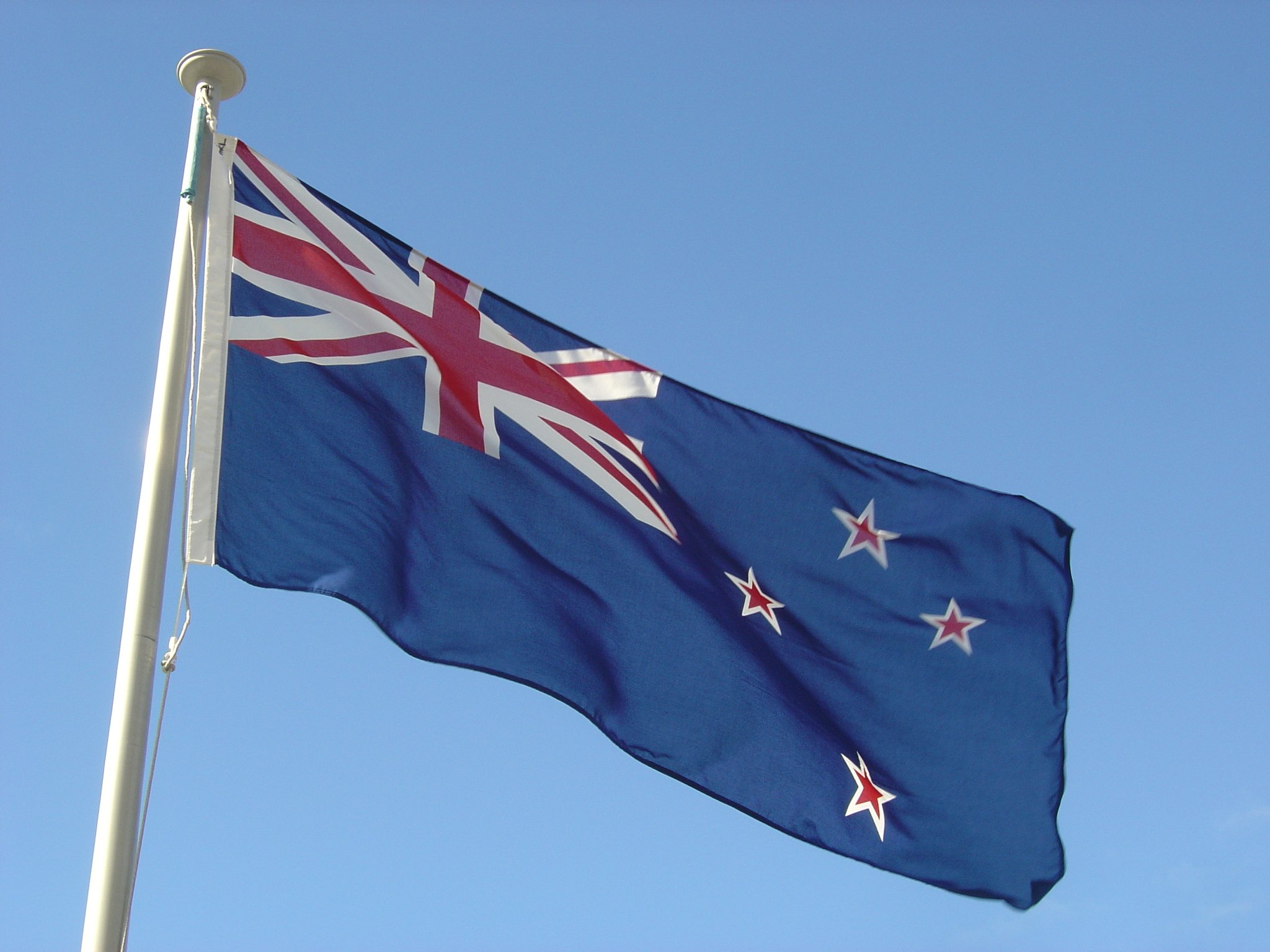Chile-Brazil Automotive Trade: Navigating Mercosur & Import Strategies
Brazil's substantial import duties on foreign vehicles—typically 35% standard duty plus additional taxes that can effectively double the cost—present significant challenges for collectors and dealers. While Chile's trade relationship with Brazil through the ACE-35 agreement offers potential advantages, navigating these benefits requires understanding complex rules of origin and compliance requirements. This guide provides accurate information on legitimate import strategies between these South American markets.
For broader insights into global markets, see Muscle Car Export Markets: Country-Specific Import Guides.
Understanding Brazil-Chile Trade Agreements
Key Policies:
-
ACE-35 Agreement: Economic Complementation Agreement between Chile and Mercosur countries (including Brazil).
-
Rules of Origin: Recently updated to harmonize with Mercosur standards.
-
Automotive Sector Requirements: Vehicles must contain a maximum of 50% non-Mercosur materials to qualify for preferential tariffs.
Important Clarification: Simply routing a vehicle through Chile without meeting regional content requirements does not qualify for reduced Brazilian tariffs.
The Reality of Mercosur Rules of Origin
Legitimate Qualification for Reduced Duties:
-
Regional Content: Vehicles must contain at least 50% Mercosur-originating content.
-
Substantial Transformation: Simple transit or storage in Chile does not qualify as transformation.
-
Documentation: Proper certificates of origin and compliance with Brazilian import regulations are required.
Official Source: According to DataMarn News (2024), "The ACE-35 revision incorporates a cap on the content of materials that can be used in manufacturing while still qualifying a product as originating from within Mercosur."
Chilean Free Zones: Functions and Limitations
Iquique Free Zone Realities:
-
Purpose: Allows duty-free storage and re-export of goods.
-
Limitation: Storage does not change a vehicle's country of origin for Brazilian customs purposes.
-
Legitimate Use: Temporary storage while arranging proper import documentation.
Risk Warning: Attempting to reclassify a vehicle's origin without meeting necessary criteria can result in penalties from Brazilian customs authorities.
Legal Strategies for Brazilian Vehicle Imports
Option 1: Mercosur-Compliant Vehicle Production
-
Approach: Source vehicles with sufficient Mercosur content (50%+).
-
Documentation: Obtain proper certificates of origin from authorized entities.
-
Benefit: Legitimate qualification for reduced duties.
Option 2: Classic Car Specific Rules
-
Brazilian Collector Car Regulations: Special provisions for documented historic vehicles.
-
Requirements: Age verification, collector status, and usage limitations.
Cost Considerations: Brazilian Automotive Import
| Import Approach | Applicable Duties | Additional Costs |
|---|---|---|
| Standard Import | 35% base duty + IPI + state taxes | Can reach 100% of vehicle value |
| Mercosur-Compliant Vehicle | Preferential rates with proper origin certification | Documentation and certification costs |
| Collector Car Provision | Potentially reduced rates based on age and usage restrictions | Limited usage requirements |
How West Coast Shipping Supports Compliant Imports
Our services ensure legally sound shipping to South America:
-
Documentation Expertise: Navigate complex Mercosur rules of origin requirements.
-
Customs Brokerage: Work with authorized agents in Chile and Brazil.
-
Compliance Focus: Ensure all imports meet legal requirements of destination countries.
Our Commitment: We prioritize legal compliance in all international shipping solutions.
Current Developments in Brazil-Chile Trade
Recent Updates:
-
Modernized Origin Verification: Streamlined procedures for verifying origin, allowing direct consultation without formal investigations.
-
Self-Declaration Option: Updated rules permit self-certification of origin for some goods.
-
Entry Into Force: The revised ACE-35 agreement takes effect 60 days after domestic legal procedures are completed.
Source: América Economía (2024) reports, "The new ACE-35 origin regime will constitute a new additional protocol and will enter into force 60 days after the competent authorities are informed."
Conclusion
Importing vehicles to Brazil requires navigating complex tariff structures and trade agreements. While Chile's trade relationship with Brazil offers potential advantages, only vehicles genuinely meeting Mercosur rules of origin qualify for preferential treatment. Working with experienced logistics partners ensures compliance and helps avoid costly penalties.
Need Guidance on South American Auto Imports?
Contact West Coast Shipping for compliant, expert shipping solutions.
For instant duty estimates, use our US Car Import Calculator.
You May Also Like
These Related Stories

How Much Does It Cost To Import A Car From Italy To The US In 2025?

How Much Does It Cost to Import a Car from Japan to the US in 2025?

-093789-edited.png?width=220&height=79&name=wcs_final_logo_(1)-093789-edited.png)